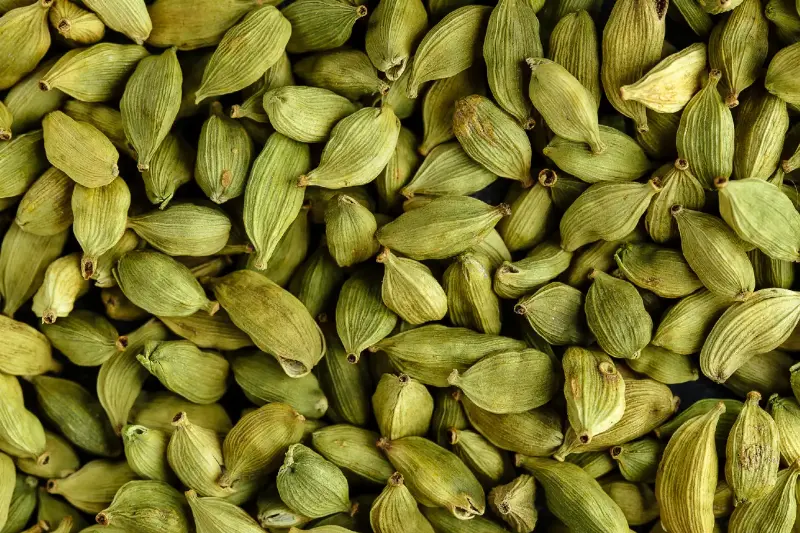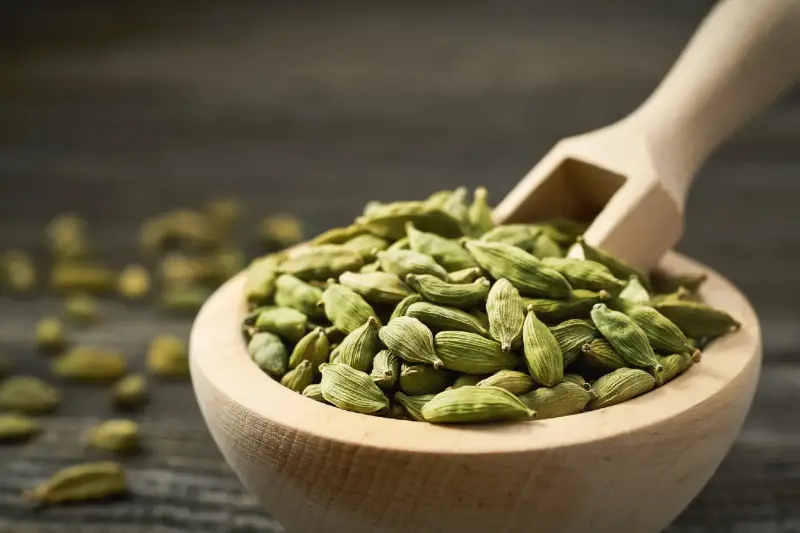
In the heart of summer or under blazing city lights, the sensation of heat can be overwhelming. While most people reach for air conditioning or icy drinks, an aromatic spice from ancient times quietly offers a natural way to cool down: green cardamon. Revered in both kitchens and apothecaries from India to the Middle East, this verdant pod may hold secret powers to tame our body’s response to sweltering heat. But how does it work, and why is it gaining fresh attention in modern wellness circles?
A Fragrant Spice with Cool Credentials
Green cardamon, with its sweet, herbal aroma, has long been celebrated for both flavour and medicinal value. Yet, it is the way cardamom interacts with our bodies when we’re overheated that turns heads. According to Ayurvedic and Unani medicine, green cardamom is classified as a ‘cooling’ spice. Unlike fiery chillies or pungent black pepper, it does not raise body temperature but rather calms it.
The compound responsible for much of cardamon’s characteristic aroma, cineole, has known anti-inflammatory properties. What’s more, the delicate essential oils in the seeds are thought to promote sweat production—a natural cooling mechanism dubbed “evaporative cooling.” Imagine sipping a hot cardamom tea and, paradoxically, feeling relief from the oppressive humidity of the monsoon. It’s not magic, but science mingling with tradition.
How Cardamon Cools You Down: The Science Unveiled
So, what makes green cardamon a heat-reliever at the cellular level? Consider these fascinating mechanisms:
- Sweat Increase Without Overheating: Cardamom naturally stimulates sweat glands without making you feel feverish. The gentle rise in perspiration allows your skin to shed heat efficiently.
- Digestive Easing: The spice soothes the gut, reducing bloating and heartburn—both of which can be aggravated in hot weather. A calm tummy helps the whole body feel less strained.
- Vasodilation Effect: Essential compounds in green cardamom gently widen blood vessels, improving blood circulation and helping body heat dissipate more effectively.
Picture this: After a meal spiced with cardamom, your body eases into a lighter, happier state, unconsciously battling the drudges of external heat.
Cultural Traditions with Modern Appeal
Throughout centuries, cultures in hot climates have woven cardamom into daily rituals for relief and refreshment. In South Asian households, cardamom is a star in summer drinks like ‘elaichi chai’ and cooling lassis. Middle Eastern coffee houses often add a hint of cardamom to hot and cold beverages, prizing its cooling aftertaste.
Perhaps most compelling is cardamom’s role in festive sweets and rice dishes savoured during sultry celebrations, where keeping cool is paramount. Its inclusion is no accident; cooks knew long before scientists that certain spices could soften the edge of the sun.
Ever tried chewing a green cardamom pod after a spicy meal? That burst of menthol-like freshness not only sweetens the breath but soothes the senses, offering an instant sensation of shaded respite from scorching days.

Quick Ways to Add Green Cardamon to Your Heat-Relief Arsenal
Want to beat the heat naturally? Here are easy, delicious ways to get a dose of cardamom’s cooling effects:
- Brew cardamon tea with a few lightly crushed pods.
- Sprinkle cardamon powder into smoothies or yoghurt for an exotic twist.
- Infuse water overnight with cardamom and mint for a fragrant hydration boost.
- Mix into desserts like rice pudding (kheer) or fruit salads for a refreshing punch.
- Pair with citrus—cardamom and lemon make a legendary duo against hot flushes.
The possibilities are as limitless as your culinary imagination.
Green cardamon’s cooling reputation is not just ancient folklore but a synergy of flavour, science, and tradition. The next time the mercury rises, consider reaching for this emerald-hued spice. Could the secret to staying cool be hiding in your spice rack, waiting to change the way you experience summer? As we uncover more about long-held remedies, one cannot help but wonder—what other secrets do these timeless traditions hold, gently waiting to be rediscovered?
